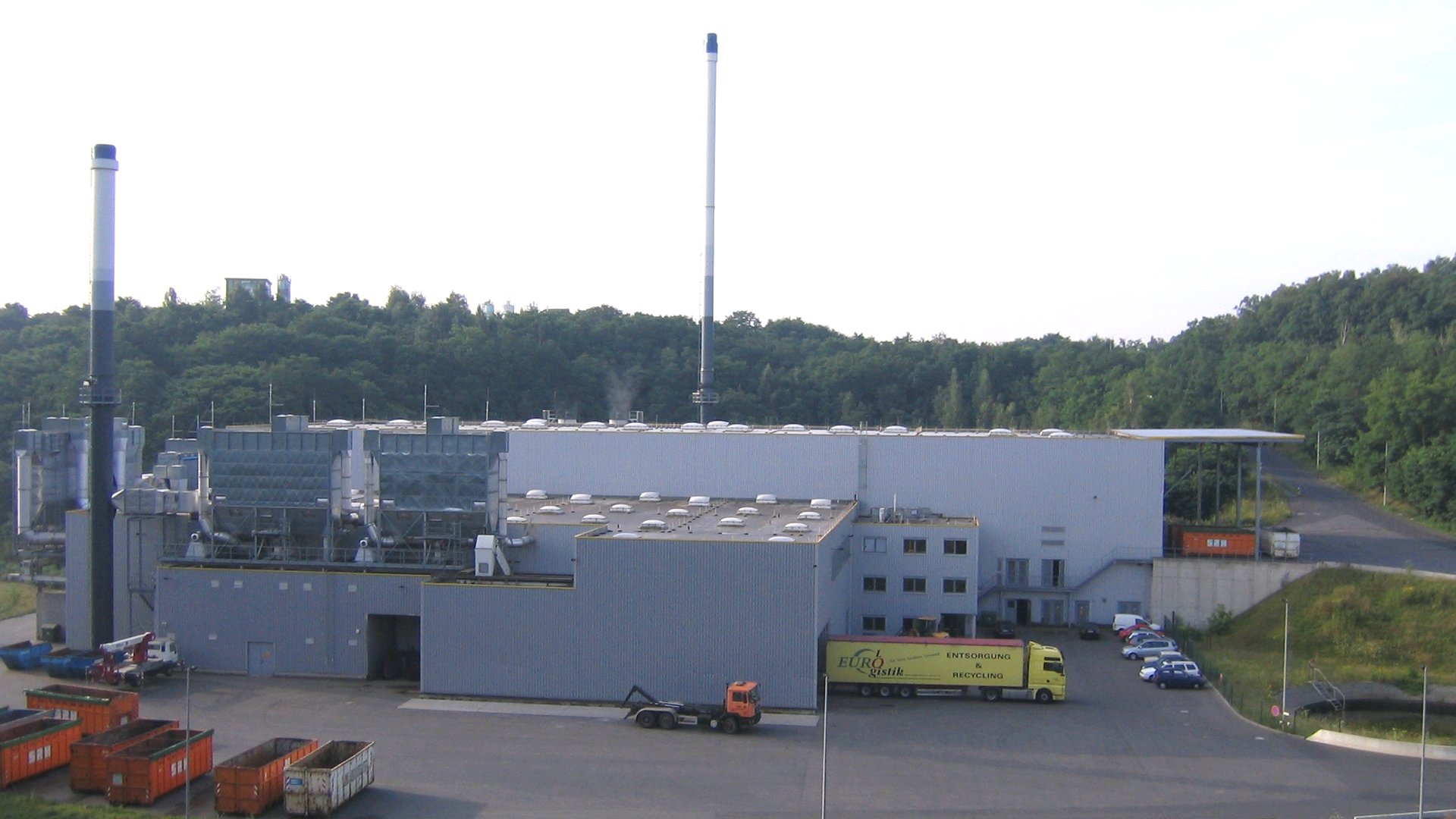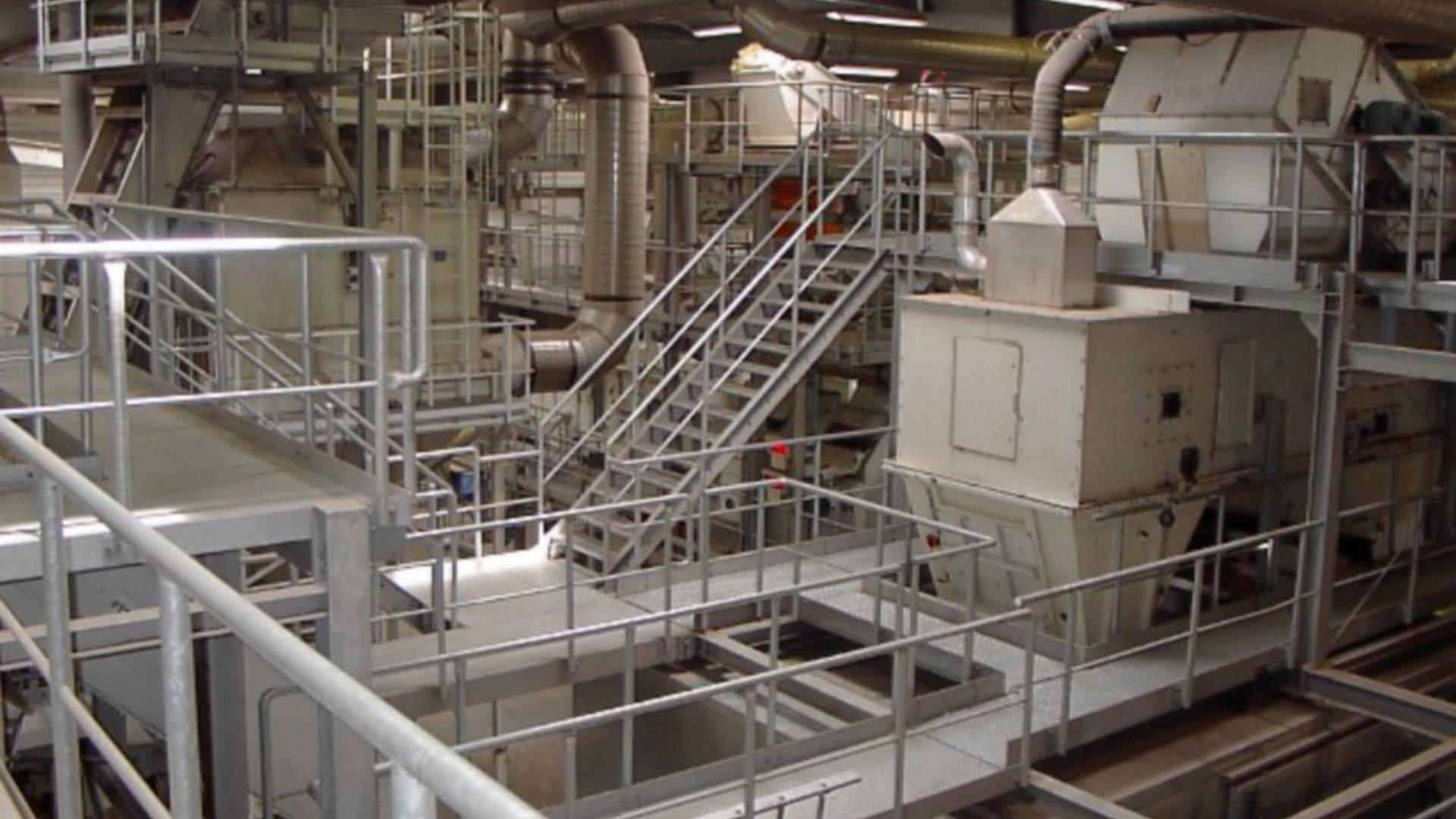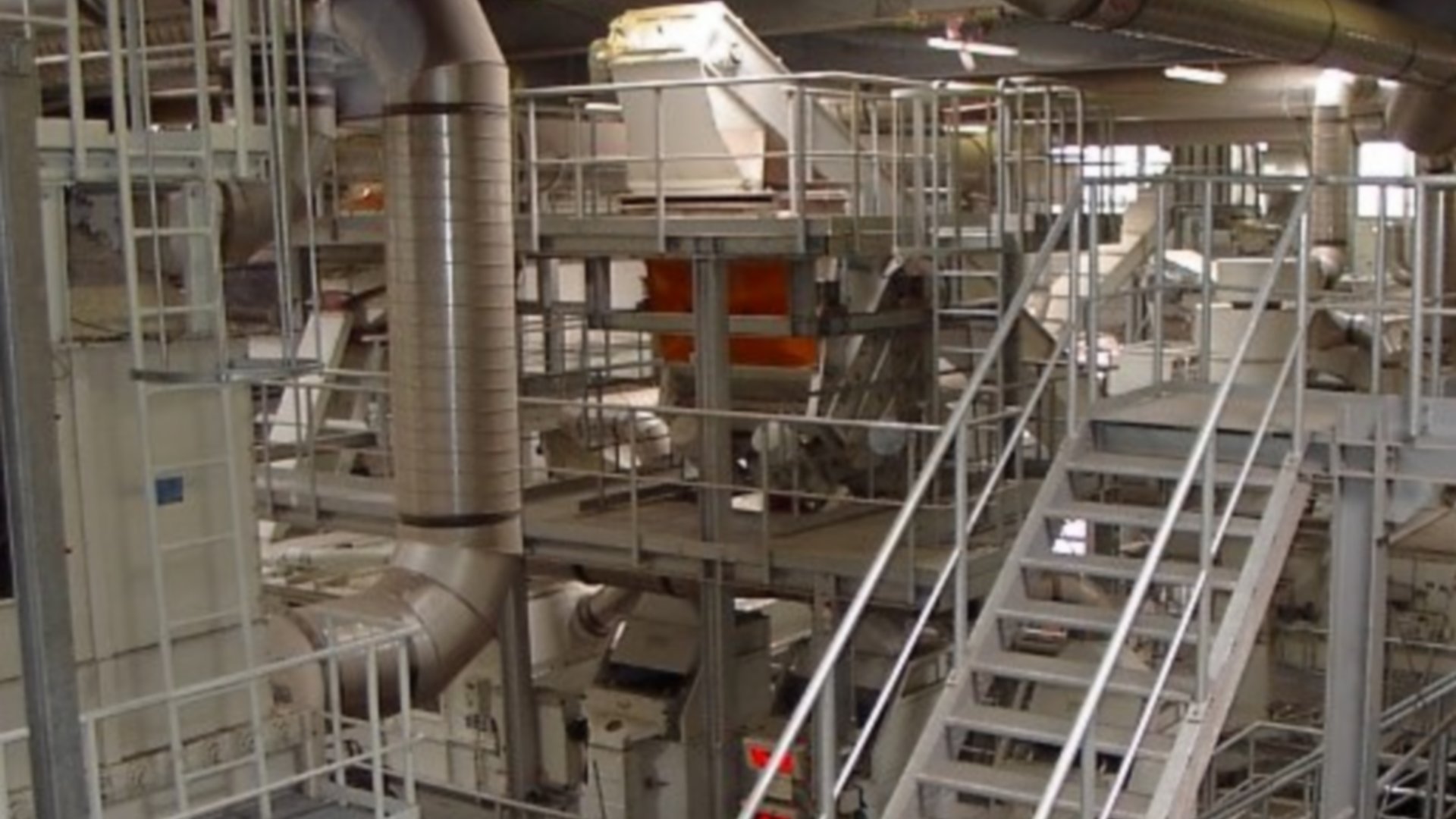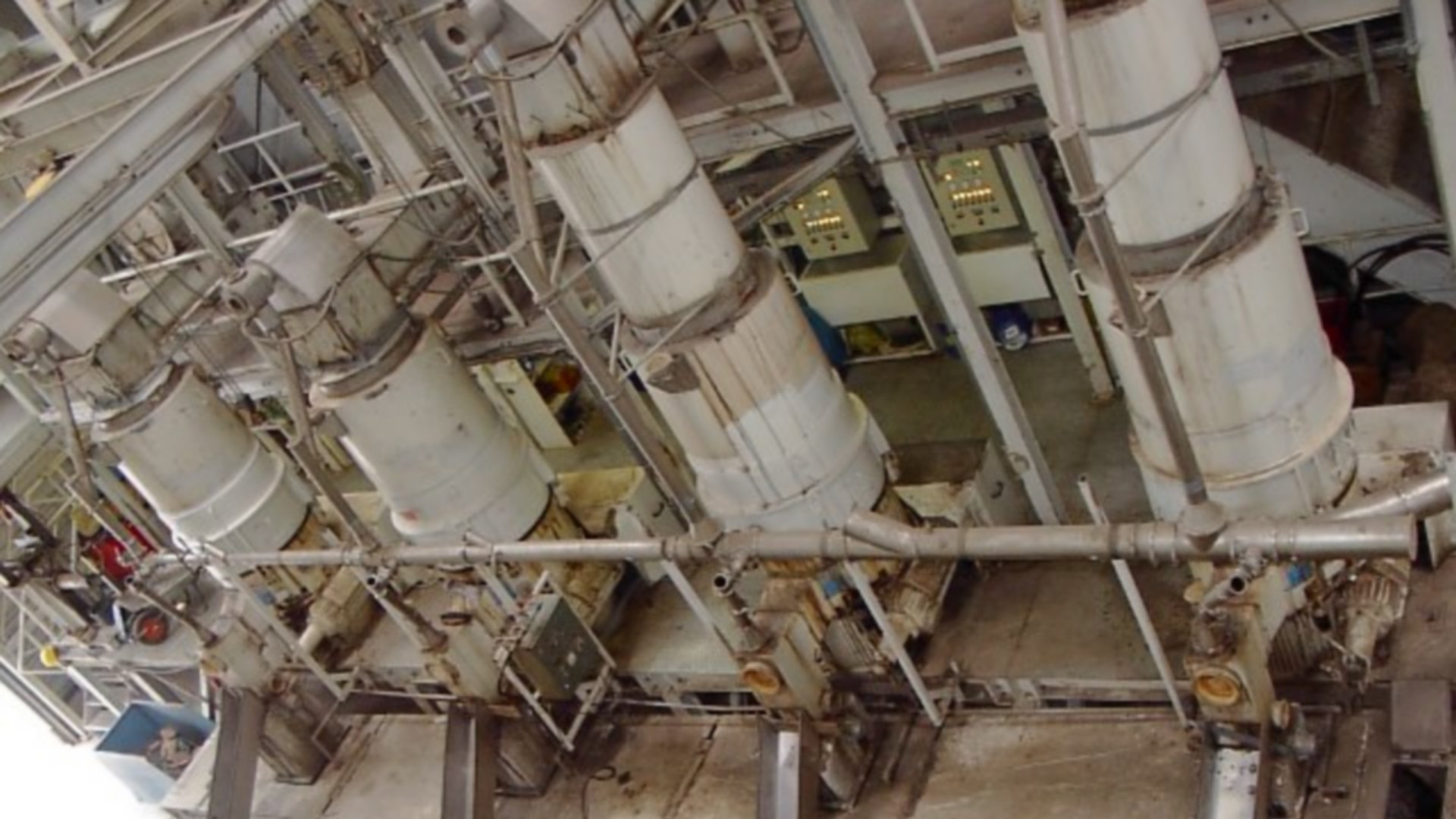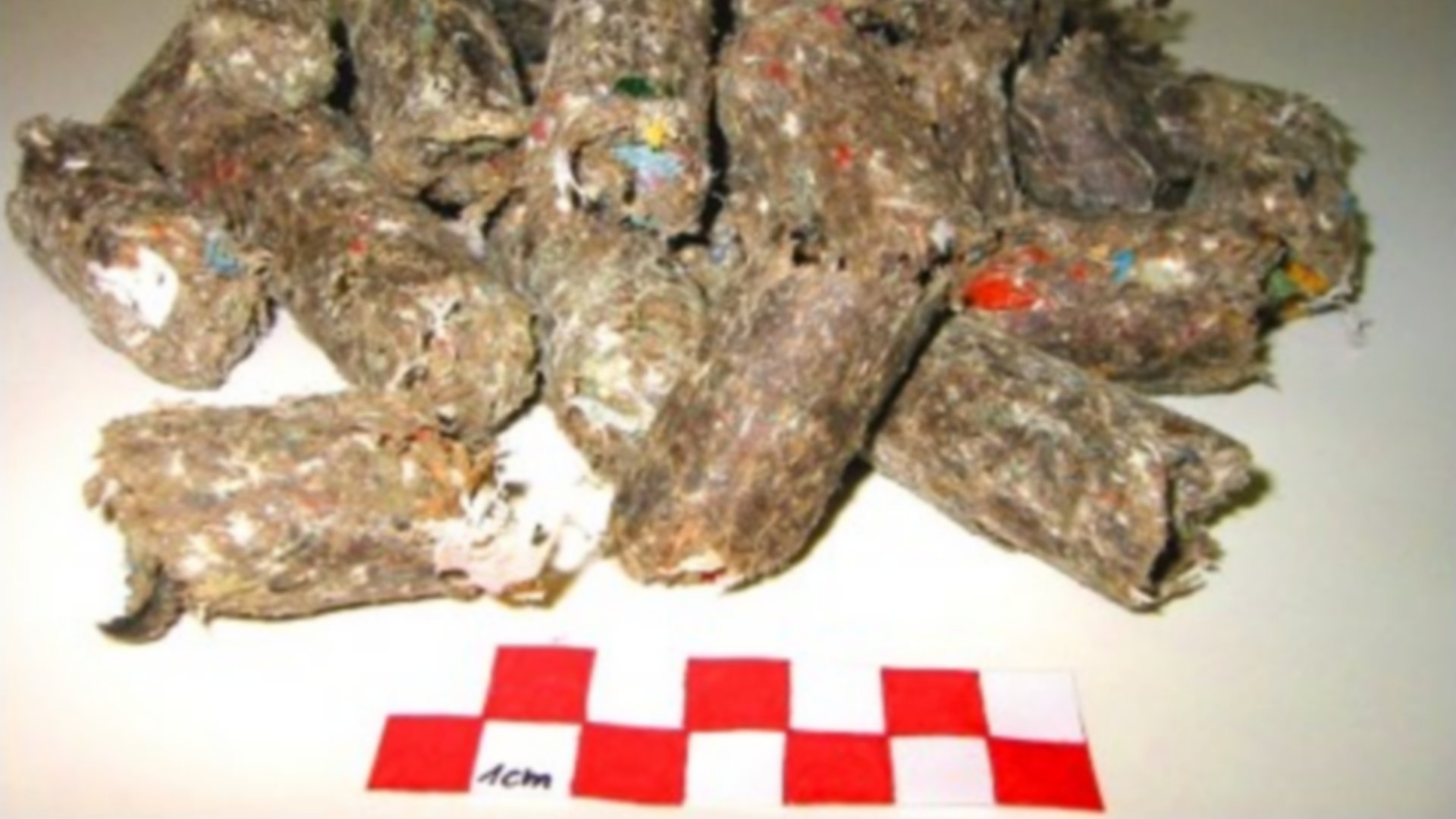| Project type: | Mechanical Biological waste treatment plant (MBT) |
| Place: | Dresden, Sachsen, Deutschland |
| Location: | Dresdener Abfall Verwertungs-gesellschaft (DAVGmbH) |
| Capacity: | Approx. 400Mg/d (approx. 105.000 Mg/a) household waste and household-type commercial waste |
| Focus: | Production of secondary fuel (SBS) |
CUSTOMER
After the City Council of Dresden had decided on 02 December 1996 to build a waste treatment plant for the recycling of residual waste, the contract for the initiation of a Europe-wide tender procedure was awarded to the Dresden City Cleaning Service.
Simultaneously with permition for the construction of a biological – mechanical – waste processing plant (BMA), the Dresdner Abfallverwertungsgesellschaft mbH (DVAG) was founded on 7 February 2000.
REQUIREMENT
The task of the DAVG was the construction and operation of a biological-mechanical waste treatment plant (BMT) for the treatment of household and household-type waste at the Dresden site. The daily amount of waste to be processed was fixed at max. 400 tons per day.
The plant should be enable to production a secondary fuel for subsequent energy recovery, the discharge of an inert fraction suitable for landfill and the discharge of metal fractions for material recovery.
IMPLEMENTATION
As part of a Europe-wide public tender, the contract for the construction of the mechanical-biological treatment plant was awarded to a general contractor. After the approval procedure had been carried out in 2000, the general contractor was able to start the construction of the MBT.
After a period of only 15 months, the plant went into regular operation after successful acceptance.
WASTE TREATMENT - THE PROCESS
400 t of household waste and household-type commercial waste is fed after receiving in a deep bunker to the waste treatment process by a fully automatic delivery crane.
The waste treatment starts with a coarse pre-shredding of the household waste which will then be fed to a buffer bunker. The process crane, which is also fully automatic, feeds the pre-shredded waste into one of the nine drying boxes.
Biological drying reduces the input mass by approx. 30 %. In addition to moisture removal, biological mass is also degraded. Drying is essential for the subsequent efficient mechanical sorting and separation of the waste into mentoined fractions.
After the drying process, the waste is fed to the mechanical separation via process crane.
In the first step, the waste is separated into a “coarse” and a “fine” fraction and in further steps into a heavy fraction and a light fraction.
The metals separated in the mechanical treatment process are recycled and inert materials are deposited.
The recovered substitute fuel consists of materials such as plastics, wood, paper, dried organic material, etc., can be processed loosely or into soft pellets for further application in coal-fired power plants or cement killns.

